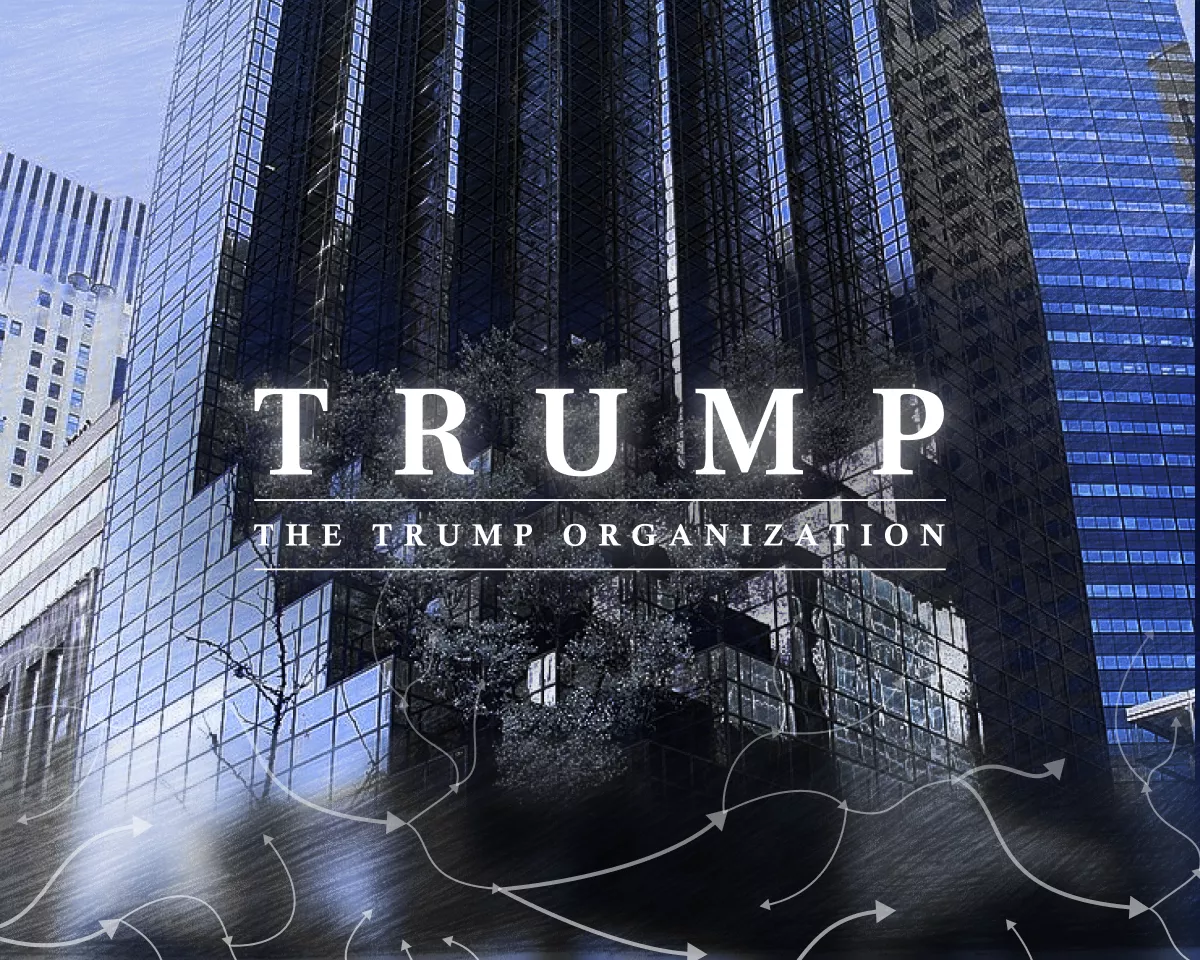The group is now expanding through the new T3+ program, with Binance joining as its first member to boost global intelligence sharing and rapid threat response. The move comes amid a surge in sophisticated hacks, with over $3 billion stolen in early 2025 and many funds laundered within minutes, leaving recovery rates at just 4.2%. While critics question the centralized control of stablecoin issuers, supporters argue these coordinated projects are vital when it comes to fighting crypto crime. Binance Enters Crime Fighting Crypto Alliance Tron, Tether, and TRM Labs announced that their joint T3 Financial Crime Unit (T3 FCU) froze over $250 million in illicit crypto assets since launching less than a year ago. This is more than double the amount reported in its first six months. Established in September 2024, the unit works with law enforcement globally to track and disrupt illicit blockchain transactions tied to money laundering, investment fraud, blackmail, terrorism financing, and other crimes. Announcement from the T3 Financial Crimes Unit The group is now expanding its reach through the new T3+ program, which will enlist exchanges and financial institutions worldwide to share intelligence and respond to threats in real time, and Binance joined as its first member. Tron founder Justin Sun said that the expansion will broaden collaboration across the blockchain industry to fight illicit activity more effectively. The initiative is operating amid a surge in sophisticated crypto hacks. Data from Swiss blockchain analytics firm Global Ledger shows that more than $3 billion was stolen in the first half of 2025, with hackers moving funds faster than ever — in some cases laundering assets in under three minutes. (Source: Global Ledger ) More than 30% of stolen crypto is laundered within 24 hours, and in almost a quarter of cases, the process is complete before a hack is even disclosed. This very quick pace left recovery rates at just 4.2%, with about 15% of illicit funds passing through centralized exchanges, where compliance teams have only minutes to act. Many attacks have been linked to state-backed hackers, cybercrime syndicates, and transnational fraud networks, which only complicates recovery efforts even more. The growing role of stablecoin issuers in freezing funds sparked debate in the industry. Tether recently froze nearly $86,000 in stolen USDT, which reignited concerns over centralized control and its potential clash with crypto’s decentralization ethos. While critics warn about the risks to user sovereignty, others see these measures as essential. Tether CEO Paolo Ardoino argued that only through collective action can the industry create a safer, more trusted environment for users as bad actors “have nowhere to hide on the blockchain.”














